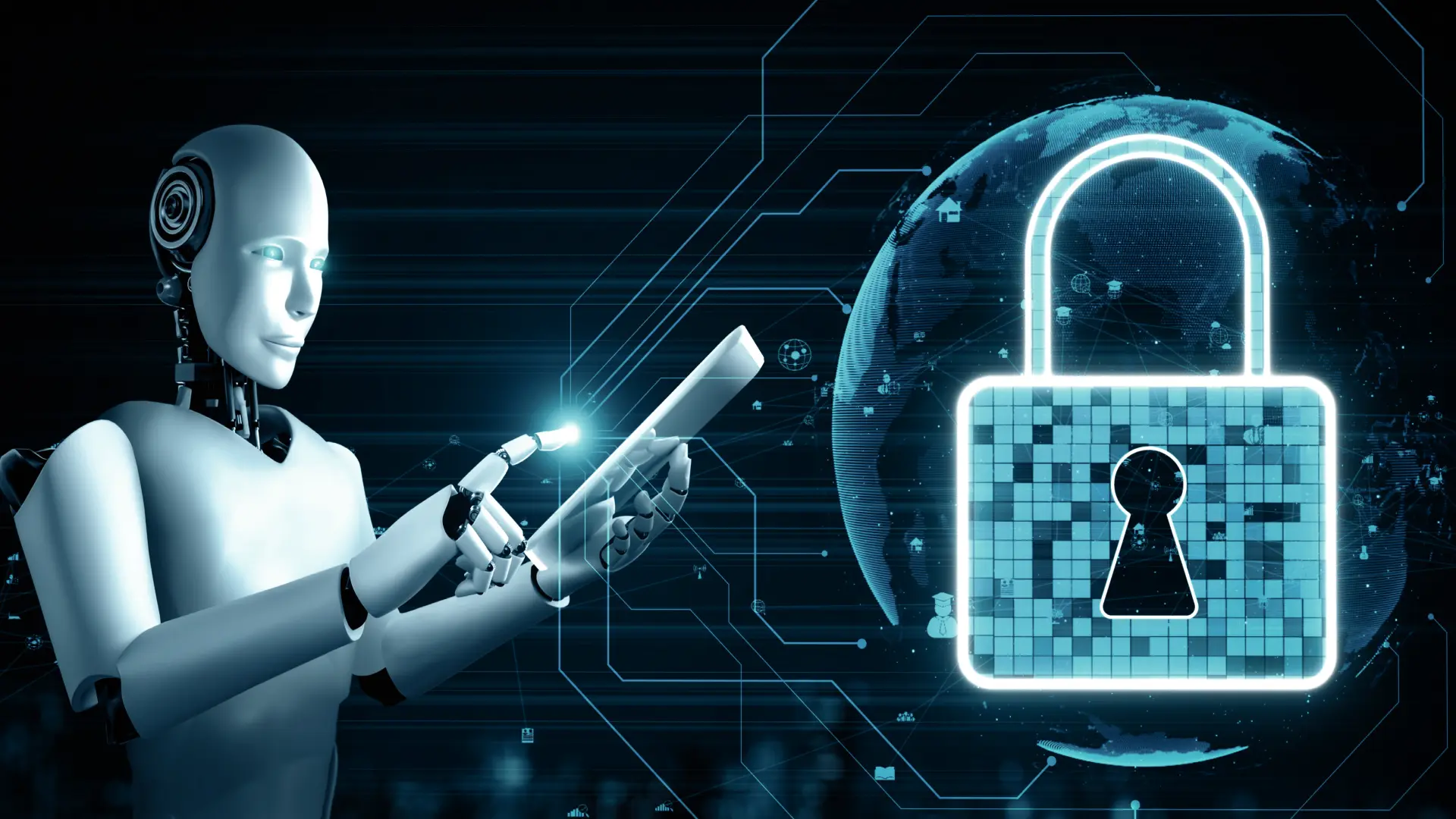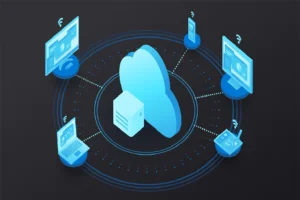Imagine this: You’re sipping your morning coffee, scrolling through emails, and suddenly, your company’s systems grind to a halt. Another cyberattack. Another breach. Another wake-up call.
That’s the world we live in today. Data is the new currency, and cybercriminals are relentless in trying to steal it. But there’s a powerful new ally entering the battlefield, AI for Network Security and Monitoring.
This isn’t sci-fi anymore. It’s not some futuristic dream. AI is here, and it’s already changing the game in cybersecurity. Whether you’re a tech newbie or a seasoned IT pro, understanding how AI protects our digital world has never been more important. In this article, we’ll walk you through what AI in cybersecurity actually is, how it works, and how it’s poised to revolutionize everything we thought we knew about keeping networks safe.
So buckle in, we’re about to explore how AI for Network Security and Monitoring is not only catching cyber threats faster but changing the very rules of the game.
Understanding AI in Network Security
To truly appreciate what AI brings to the table, we need to start with the basics.
AI and Cybersecurity might sound like buzzwords tossed around in tech meetings, but they’re reshaping how we defend against digital threats. Traditional cybersecurity systems often rely on predefined rules. They work well, until they don’t. When hackers craft new attacks, these systems don’t always know how to react.
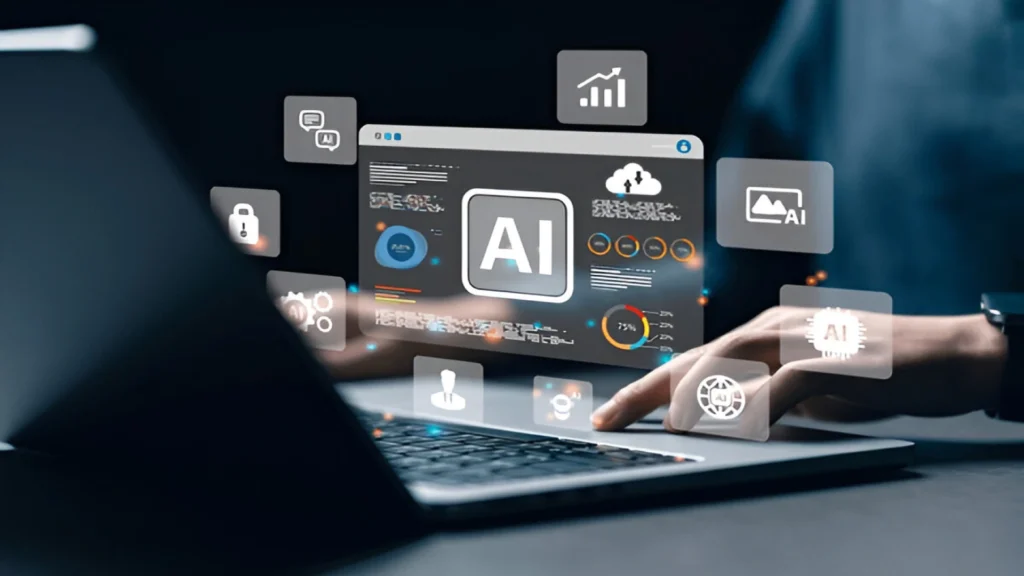
That’s where AI in Cybersecurity steps in. Artificial Intelligence mimics the human brain. It learns, adapts, and improves over time. When used in network security, AI isn’t just reacting, it’s predicting. It processes millions of data points in seconds, picking up on suspicious patterns that no human could possibly catch in real time.
Think of it as hiring the smartest, fastest, most tireless security analyst you’ve ever met, who never sleeps or blinks.
AI can analyze logs, monitor network traffic, and even anticipate threats before they cause damage. It spots anomalies, flags them, and often takes action, all without human intervention.
This isn’t just helpful, it’s essential. With cyberattacks becoming more complex and frequent, AI has become the linchpin of modern network protection.
How AI Transforms Network Security
Network security isn’t what it used to be. There was a time when a decent firewall, an antivirus program, and a strong password were considered enough to protect a network. But today’s threats are in a different league altogether. They’re stealthier, more persistent, and far more sophisticated. Hackers are using advanced techniques to slip past traditional defenses unnoticed. That means our approach to cybersecurity has to evolve, and fast.
Let’s talk about Network Security Trends, because the shift is already underway.
AI is leading that transformation by flipping the old strategy on its head. Instead of reacting after something bad happens, AI anticipates threats before they strike. It studies behavior, learns what’s normal, and flags anything that doesn’t fit the pattern. This is what we call predictive security, and it’s proving to be a game-changer.
Take ransomware, for example. A traditional security system might detect it after files have been locked and it’s too late. But AI-powered tools? They catch it in real-time—often within seconds of unusual file encryption behavior. They can isolate the device, stop the attack, and notify the team, all before the damage is done.
It’s not just about stopping attacks faster. AI is also revolutionizing how organizations respond to incidents. When there’s a breach, time is critical. AI acts instantly, quarantining infected systems, cutting off access, and helping teams contain the threat before it spreads.
The biggest trend? Automation and real-time monitoring. Organizations are embracing AI not just to keep up, but to stay ahead. AI is no longer the future, it’s the new standard in network security. And those who fail to adopt it risk being left behind in a digital world that doesn’t wait.
Benefits of AI in Network Security and Monitoring
We get it, AI sounds impressive. It’s a tech buzzword that gets thrown around a lot. But let’s get down to brass tacks: what does it actually do for businesses? What are the real, day-to-day benefits of implementing AI for network security and monitoring?
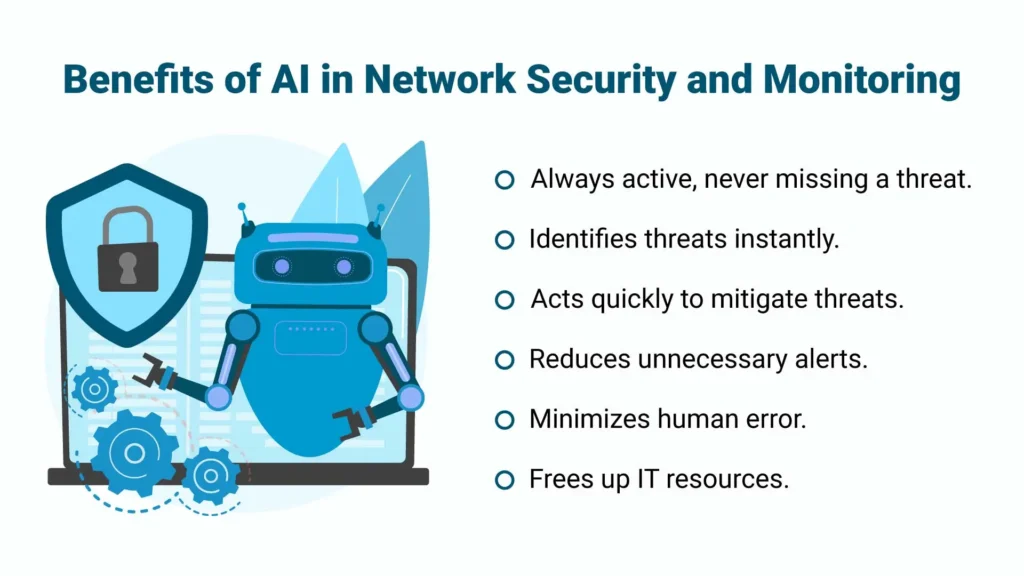
Let’s start with what might be the biggest perk: speed. Cyberattacks don’t wait. Malware can spread through a network in minutes, sometimes seconds. That’s where AI shines. It doesn’t sleep, it doesn’t pause, and it certainly doesn’t need coffee to stay focused. AI monitors your entire network 24/7, scanning thousands of logs and looking for patterns. When something strange pops up, like a sudden flood of data transfers or an unauthorized login attempt, it can spot it and act in real time.
Then there’s accuracy. One of the most annoying things for IT teams is dealing with false positives. Getting woken up at 3 a.m. because the system panicked over a harmless software update? Not fun. AI drastically reduces these false alarms. It learns what normal activity looks like and can tell the difference between routine behavior and real threats. That means fewer distractions for your team, and more focus on actual problems.
But let’s be honest: nothing’s perfect. There are AI security risks to consider. One is adversarial AI, when cybercriminals try to fool the system with manipulated data. Think of it like someone dressing up a wolf in sheep’s clothing. If the training data AI learns from is biased or flawed, its decisions can be too.
There’s also the danger of over-relying on AI. It’s a powerful tool, but we can’t completely hand over the reins. Human judgment is still crucial, especially when facing new or complex situations that require context or ethics.
Still, the benefits far outweigh the risks. Faster detection, smarter decision-making, fewer false alarms, AI is like a cybersecurity superhero, working behind the scenes to keep your network safe and sound.
AI for Network Security and Monitoring: Key Applications
Let’s get practical for a moment, how exactly is AI being used to protect networks in the real world?
One of the most critical applications is Real-Time Threat Monitoring. Imagine a digital bodyguard that never blinks. AI constantly scans your entire network, watching for anything out of the ordinary. Say someone logs into your system from New York and then, five minutes later, from Tokyo. That’s not just suspicious—it’s physically impossible. AI flags it immediately and can take instant action, like locking the account or alerting security teams.
Another growing use case is AI-Driven Security Solutions. These aren’t your average antivirus tools. They’re intelligent systems that learn the ins and outs of your network. For example, an AI-enhanced firewall won’t just block known bad actors—it will adapt and understand what’s considered “normal” behavior on your network. Anything that falls outside those lines? Blocked, quarantined, and reported.
AI is also excelling at user behavior analytics. Let’s say a normally reliable employee starts downloading sensitive files in bulk at 2 a.m. AI notices this unusual behavior and immediately raises a flag. Maybe it’s nothing—or maybe it’s the start of a data breach. Either way, AI helps you respond before it spirals.
And let’s not forget phishing detection. AI can scan incoming emails in milliseconds, spotting signs of phishing like shady links, spoofed addresses, or unnatural language. It’s far more accurate—and faster—than traditional spam filters.
In short, AI for network security and monitoring isn’t just one tool. It’s a smart, ever-evolving toolbox of applications working together to protect your network around the clock. Whether it’s watching traffic, analyzing behavior, or scanning emails, AI is quietly guarding your digital world.
Challenges of Implementing AI in Network Security
Now, let’s take a breath. Everything we’ve talked about sounds amazing—but it’s not all rainbows and sunshine.
Implementing AI comes with real challenges. For starters, AI systems are only as good as the data they’re trained on. If your data is flawed, outdated, or biased, your AI could miss real threat, or worse, flag harmless activity as malicious.
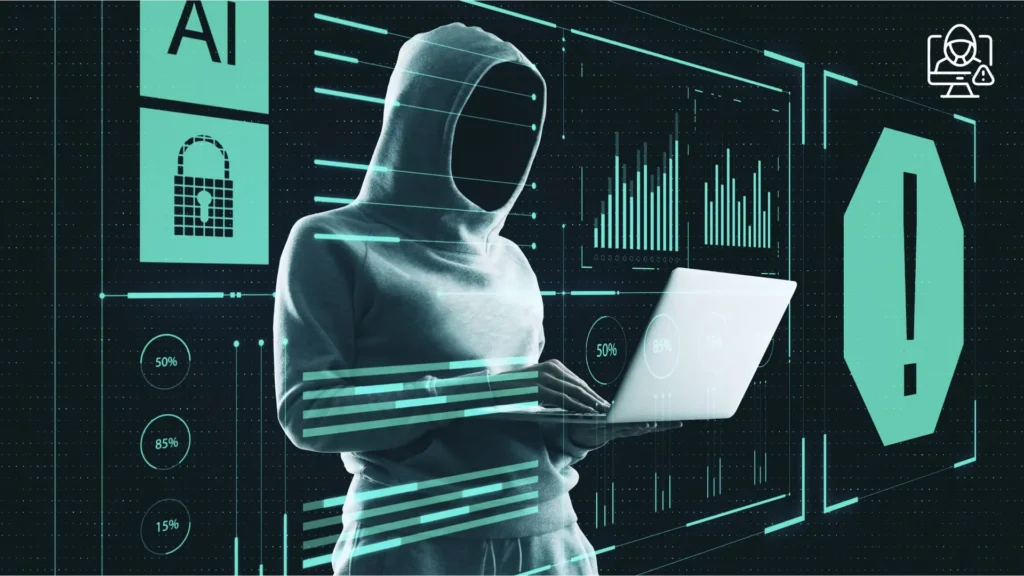
Another issue? AI for Threat Detection isn’t cheap. It takes serious computing power, skilled personnel, and often a complete overhaul of existing systems. Small businesses might find the costs and complexity intimidating.
Then there’s the risk of over-automation. Yes, Automated Cyber Defense is efficient, but if not configured properly, it can accidentally shut down critical systems or block legitimate users. That’s a nightmare scenario no one wants.
Cybercriminals are also getting smarter. They’re learning how to fool AI by creating what are called adversarial attacks—inputs designed to confuse the AI into ignoring threats. It’s a cat-and-mouse game, and staying ahead is a constant challenge.
Finally, there are ethical concerns. AI systems monitor everything. And while that’s great for security, it can feel invasive. Striking the right balance between safety and privacy is tricky but necessary.
The Future of AI in Network Security and Monitoring
Now, let’s talk about what’s next. The road ahead for AI for network security and monitoring is both exciting and essential.
One major development is in Cyber Threat Intelligence. AI is becoming more collaborative, sharing threat data across industries and geographies. This means your AI might already “know” about a new kind of malware that hit another company yesterday, giving you a head start in defending against it today.
Machine Learning in Cybersecurity is also advancing fast. These systems aren’t just reacting to known threats, they’re predicting new ones. They adapt on the fly, learning from every incident to become even more effective.
And yes, Automated Cyber Defense is growing. In the near future, AI might not just alert human teams, it could autonomously block, reroute, or even counterattack certain threats in real time. Imagine a cyber immune system that heals itself.
We’ll also see better integration with tools like blockchain and IoT security systems. As our devices multiply, securing them all is nearly impossible without AI.
Ultimately, the future is about augmentation, not replacement. AI isn’t here to take cybersecurity jobs. It’s here to empower people, handle the grunt work, and free up humans to focus on strategy, creativity, and the kind of complex thinking machines just can’t replicate.

Conclusion
Let’s bring it all together.
AI for network security and monitoring isn’t just a buzzword, it’s the future of cyber defense. It’s fast, it’s smart, and it never sleeps. It catches what humans can’t. It protects what matters most.
We’ve seen how AI helps monitor networks in real time, detect threats before they escalate, reduce false alarms, and even predict attacks before they happen. We’ve also acknowledged the challenges, like data quality, ethical concerns, and the arms race with increasingly savvy cybercriminals.
But make no mistake: this is a revolution.
Cybersecurity isn’t about building walls anymore. It’s about staying one step ahead. And with AI, we can do exactly that.
Whether you’re a business owner, an IT leader, or just someone who values your digital privacy, this matters. AI isn’t coming someday. It’s already here. The question is, are we ready to embrace it?

